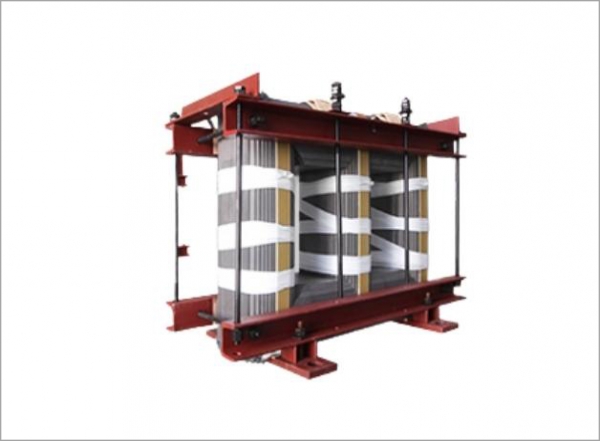Oil-immersed transformers are a type of equipment widely used in power systems, and their core component, the core, plays a vital role. As the heart of the transformer, the design and material of the core directly affect the performance and efficiency of the transformer.
The material selection of the oil-immersed transformer core is crucial. Commonly used materials include:
This material is widely used in transformer cores due to its high magnetic permeability and low loss characteristics. Silicon steel sheets are usually made of alloy steel with a high silicon content, which can effectively reduce eddy current losses.
This steel is specially treated to improve its magnetic properties and reduce energy loss, making it an ideal choice for high-efficiency transformers.
Each layer of the core is usually coated with a layer of insulating material to reduce interlayer eddy current losses and improve overall performance.
The working principle of the oil-immersed transformer core is based on the law of electromagnetic induction. When an alternating current passes through the primary winding of the transformer, an alternating magnetic field is generated in the core. This magnetic field is transmitted to the secondary winding through the magnetic conductivity of the core, causing a voltage to be induced in the secondary winding. The high magnetic permeability of the core ensures efficient transfer of magnetic flux, thereby improving the energy conversion efficiency of the transformer.

Oil-immersed transformer cores have many advantages over other types of transformer cores:
Due to the use of high magnetic permeability materials and good insulation coatings, oil-immersed transformers have relatively low energy losses and higher operating efficiency.
Immersed in insulating oil, the core can effectively dissipate heat, ensuring stable operation of the transformer under high load and extending the service life of the equipment.
When the oil-immersed transformer is working, due to the structure of the core and the damping effect of the oil, it usually produces low noise and is suitable for use in noise-sensitive areas such as cities.
The oil-immersed design can effectively prevent insulation failure caused by moisture in the core and improve the reliability of the equipment.
With the continuous advancement of technology, oil-immersed transformer cores are also constantly developing, and the main trends include:
Researchers are working to develop new high-performance materials to further improve the magnetic properties and durability of transformer cores and reduce energy consumption.
With the development of Internet of Things technology, the design of smart transformers will become more and more common. Oil-immersed transformer cores with integrated sensors and monitoring devices will be able to monitor the operating status in real time and improve fault warning capabilities.
In the context of increasing environmental awareness, future oil-immersed transformer cores will pay more attention to the application of sustainable materials and reduce environmental impact.
Improvements in manufacturing processes will make the production of oil-immersed transformer cores more efficient and precise, reducing production costs.
 +86-523 8891 8899
+86-523 8891 8899  +86-523 8891 8266
+86-523 8891 8266  info@tl-core.com
info@tl-core.com  No.1, Third Industrial Park, Liangxu Street, Taizhou City, Jiangsu, China
No.1, Third Industrial Park, Liangxu Street, Taizhou City, Jiangsu, China 

 English
English Español
Español Türk
Türk 中文简体
中文简体